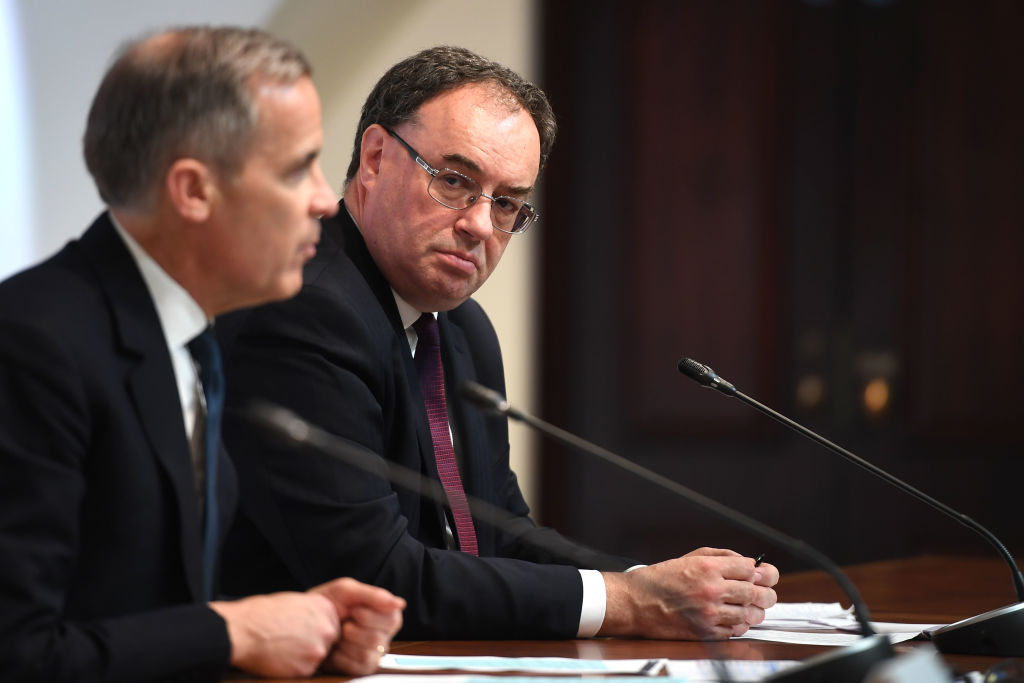At least we now know where Rishi Sunak is getting all the money from. The Bank of England has today unveiled the latest round of what should probably be called Covid rather then Quantitative Easing. It will print another £100 billion which in the roundabout way these things work will find itself in the Treasury’s bank account. That’s another couple of months of the furlough scheme paid for, with a bit left over for whatever grand-looking infrastructure scheme the guy next door is keen on this week.
And yet, in truth, the Bank should have been bolder. Just funding an eye-watering government deficit is neither especially healthy nor particularly innovative. Every major central bank in the world is doing that. In fact, the Bank could be a lot braver and pump money more directly into the parts of the economy that most need help.
Like how? The Bank of Japan and the Swiss National Bank have both started buying equities on an epic scale. The Bank could begin supporting the stock market because that would lift confidence, and make it easier for companies to re-finance themselves without having to borrow money they aren’t sure they can ever pay back. Even better, it could buy shares on the junior AIM market, through the crowd-funding platforms, or through the venture capital firms. Small tech companies, along with entrepreneurs are going to struggle through this crisis, and need a lot more help, and cheaper money would help.
Next, it could try helicopter money (in economics that’s nothing to do with choppers, it just means handing out free cash to people). A universal hand-out might not be needed at that stage. But how about abolishing 30 per cent of student debt? There is £121 billion of that outstanding right now. The Bank could buy half of it, and simply wipe it out, which would put more money immediately into the bank account of almost everyone under thirty. Finally, it could directly fund private sector infrastructure. If the economy is collapsing, and we need to get people back to work, it is a good time to build new roads or green energy plants. But the private sector would do it better than the government.
It is going to take an extraordinary level of monetary innovation to engineer a V-shaped recovery from this crisis. Under its new Governor, Andrew Bailey, the Bank has so far been wiling to be bold, at least up to a point. It is printing money on an extraordinary scale, and in sufficient quantities to make sure there is at least enough demand out there as businesses start to re-open. But it hasn’t yet been especially innovative – and that is what it should fix next.






Comments